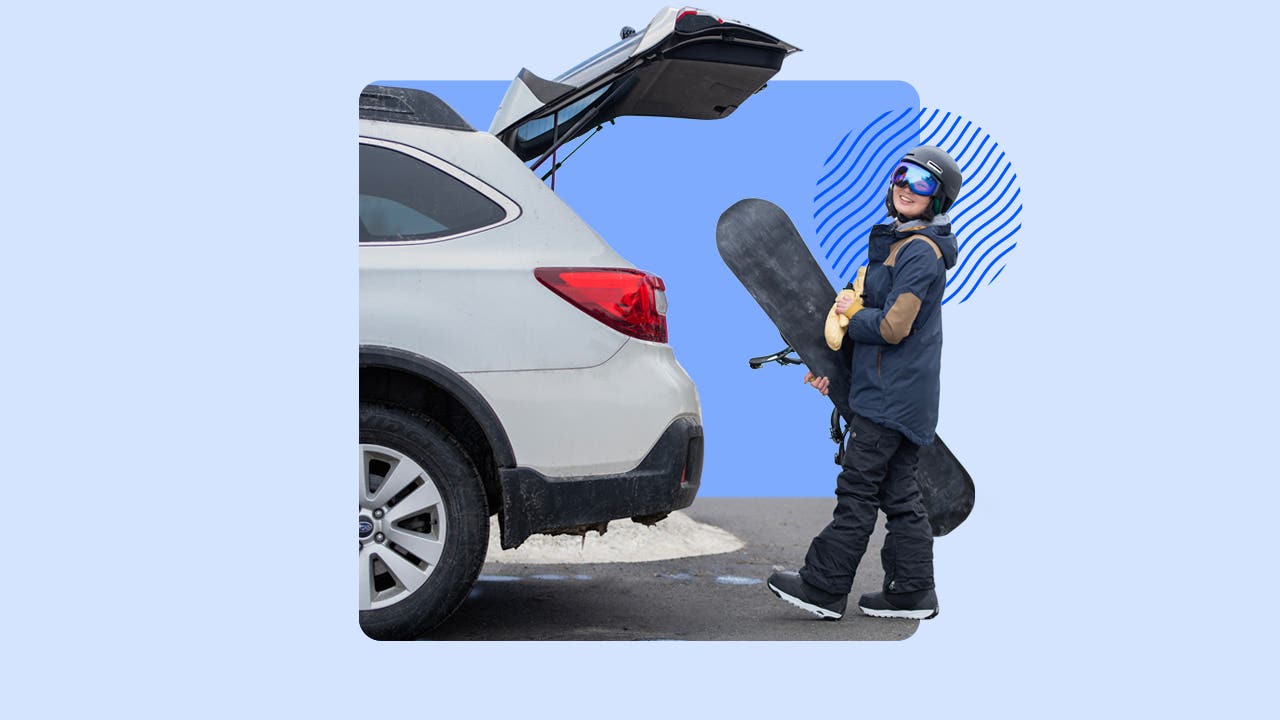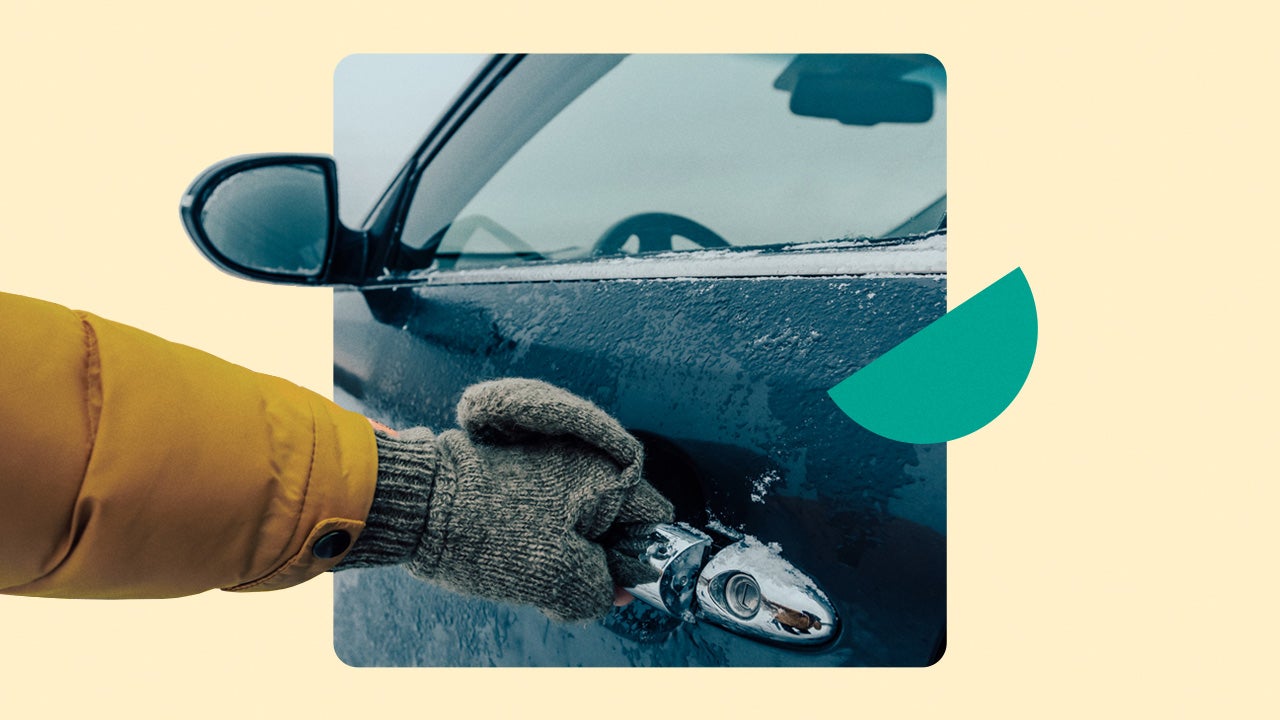Why buying a car in winter is a smart move

Key takeaways
- Buying a car in winter can save you money for several reasons, including dealerships' eagerness to sell, end-of-year sales and less crowded dealerships.
- Some drivers might prefer to wait until after the holiday shopping rush, which has upsides if you intend to buy a used vehicle. Most holiday deals are only for new vehicles.
- If you are expecting a large tax refund, are shopping for the newest model or are concerned about test-driving in winter weather, shopping for a car in the spring or summer may be a better option.
Winter in colder climates often means less foot traffic at auto dealers and more pressure to meet sales quotas. And since dealers typically get the next model year at the end of summer, many are eager to move the previous model year off the lot.
By timing your purchase for winter, you may be able to take advantage of slow sales. If you’re in the market for a car, calculate your expected vehicle cost before arriving at the dealership to ensure you get the best deal for your needs.
- Nearly 3.12 million passenger cars were sold in 2023.
- The average price of a new car is currently $47,542.
Pros to buying a car in the winter
In general, buying a car in the winter can help you secure a better deal. With low foot traffic and a shift toward new inventory, you have plenty of room to negotiate a good price.
Dealerships are trying to meet quotas
It’s no secret that dealerships operate on monthly and annual quotas. These influence bonuses and commissions offered by both the dealership owner and manufacturers the dealership works with.
This is why the end of the year can be the perfect time to buy a car. Not only are salespeople under pressure to meet their monthly quota, but they’ll also want to snag last-minute sales for the end of the fiscal year.
Of course, not every dealership operates on a January to December financial schedule. But in general, you may be able to use the system to better negotiate a deal.
End-of-the-year sales
Franchise dealerships — dealers with a direct relationship with a manufacturer — may offer rebates and low rates on new cars from the current model year. But year-end sales are common regardless of a dealer’s franchise or independent status.
Since dealers are trying to meet sales quotas, you might see big drops in the sticker price alongside rebates. If you’re not a strong negotiator, take advantage of winter sales. It may help you get a good deal.
Fewer people are shopping
The cold of winter and a busy holiday season often keep people from car lots. Slow dealership traffic extends into January and February, making them great months to shop for a car, says Mike Quincy, auto tester and writer with Consumer Reports.
The same negotiating rules apply, regardless of the time of the year. Quincy recommends that you research the dealer price and then work up from there, instead of down from the sticker price.
“You’re just probably going to have a more captive audience for a salesman when you go in the winter months because they don’t see many people,” Quincy says. “These tactics should be effective.”
New models are being released
Dealers typically start getting new models at the end of summer or the beginning of fall. This means current model-year cars that have never been driven off the lot have depreciated in value.
“A leftover model, in general, can be a good deal if you’re the kind of person who drives their car into the ground,” Quincy says, noting that could be 100,000 to 200,000 miles.
And even if you’re buying used, consider waiting for the newest models to arrive and prompt a round of trade-ins. After all, depreciation takes its toll. Last year’s models will be just as good, but you may be able to negotiate a lower price because it’s an older model.
Winterized options may be available
Part of your negotiation strategy should include winterizing your car. Beyond comfort factors like heated seats and steering wheels, focus on winter wipers and snow tires as part of the overall package.
“If you’re not willing to make that investment, your safety is being compromised,” says Lauren Fix, car expert and editor-in-chief of Car Coach Reports. Cars with high-performance tires may not fare as well on icy roads. Snow tires typically cost the same as all-season tires, but there may be additional fees related to their installation when you’re purchasing a car.
Winter is also a good time to test drive a car you’re considering buying. This is especially true if you live in regions that experience wintry weather conditions. By test driving with snow or slush on the ground, you can gauge what it’s like to drive the car in the worst conditions.
When to wait to buy a car
Winter can be a good time to get a good deal, but it’s not the only time to shop. If you’re prepared to negotiate the price and come in with financing, it might make sense to wait until spring or later to start shopping.
- Most manufacturer deals are for new cars, so if you’re buying used, there’s not much point in winter shopping. Plus, you don’t want to be caught in snowy or icy weather if your used car isn’t properly winterized.
- If you’re shopping for a used car through a private sale, you’re unlikely to find special deals, as private sellers aren’t trying to make quota. It may also be harder to schedule a personal meeting to check out the car.
- Winter car shopping in warmer climates may be more crowded since the weather is pleasant. Most advice anticipates you live somewhere with a cold winter, so you may want to wait until the temperatures climb in the spring to go shopping.
- If you expect a large tax refund or winter bonus that can be used as a big down payment, wait until spring. After all, the less money you need to take out, the more you’ll save overall — even if you miss the bigger winter deals.
- It may seem counterintuitive, but dealerships will start receiving 2026 models in mid-2025. If you want a 2025 model, hold off until late summer. This way, dealers are pushing the 2026 model, and you can get a good deal on the “old” model year.
Securing a good interest rate on your car
Applying for a car loan at the right time of year can also help you secure a good interest rate. To get the best auto loan rates, contact multiple lenders and request interest rate quotes. Even if you have a lower credit score, it is still possible to get an auto loan. Having a co-signer with good credit can aid your chances of getting your loan approved.
Consider how auto loan interest rates have changed over the past decade.
FAQs
Bottom line
Buying a car in winter can be advantageous for many reasons. Fewer customers, end-of-year sales, extra inventory and pressure to meet sales quotas can all play a role in delivering a competitive price on your new car. You may even be able to buy a car that is already winterized for the cold season. Be cognizant of when you shop; Mondays, holidays and weekends can all serve as the best time to buy a car. Also, be sure to compare options and auto loan rates so you can find the best deal for your budget.
Kellye Guinan contributed to a former version of this article.
You may also like


What to do after buying a car: 10 steps

When is the best time to buy a car?

How to prepare your car for winter weather


